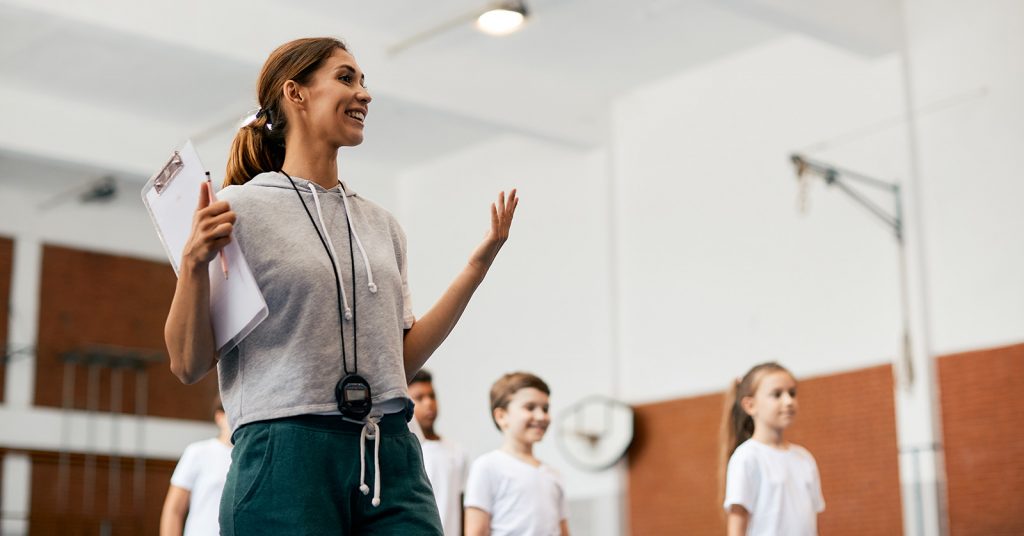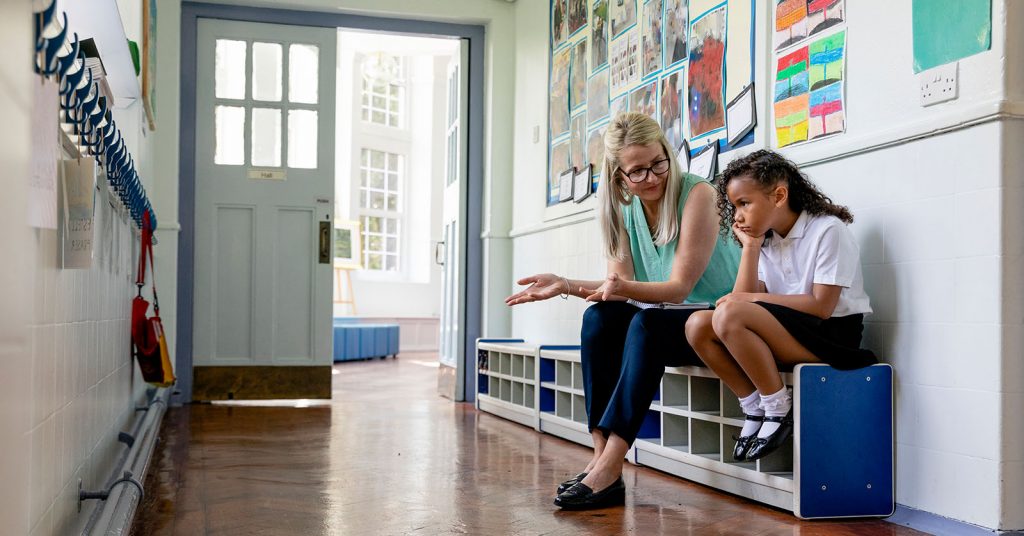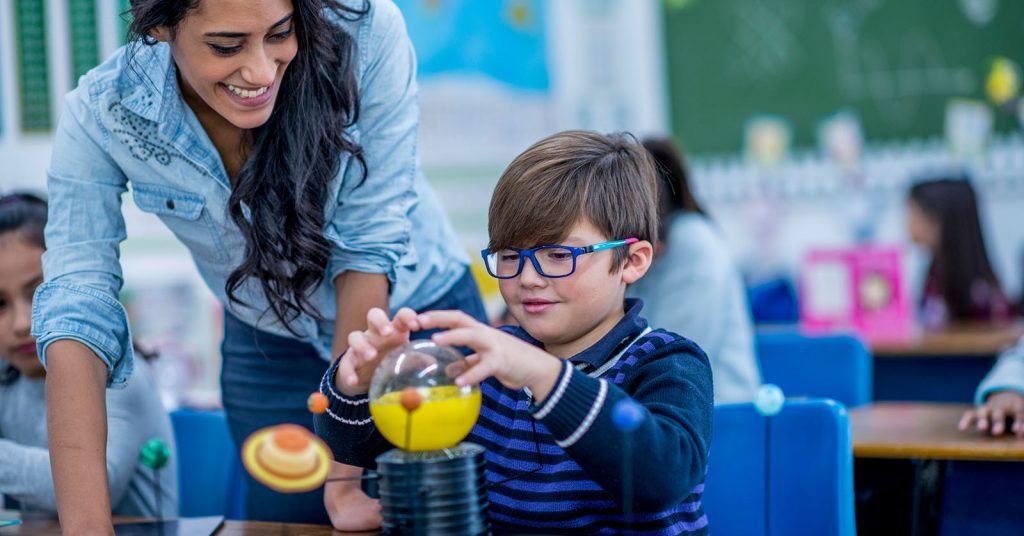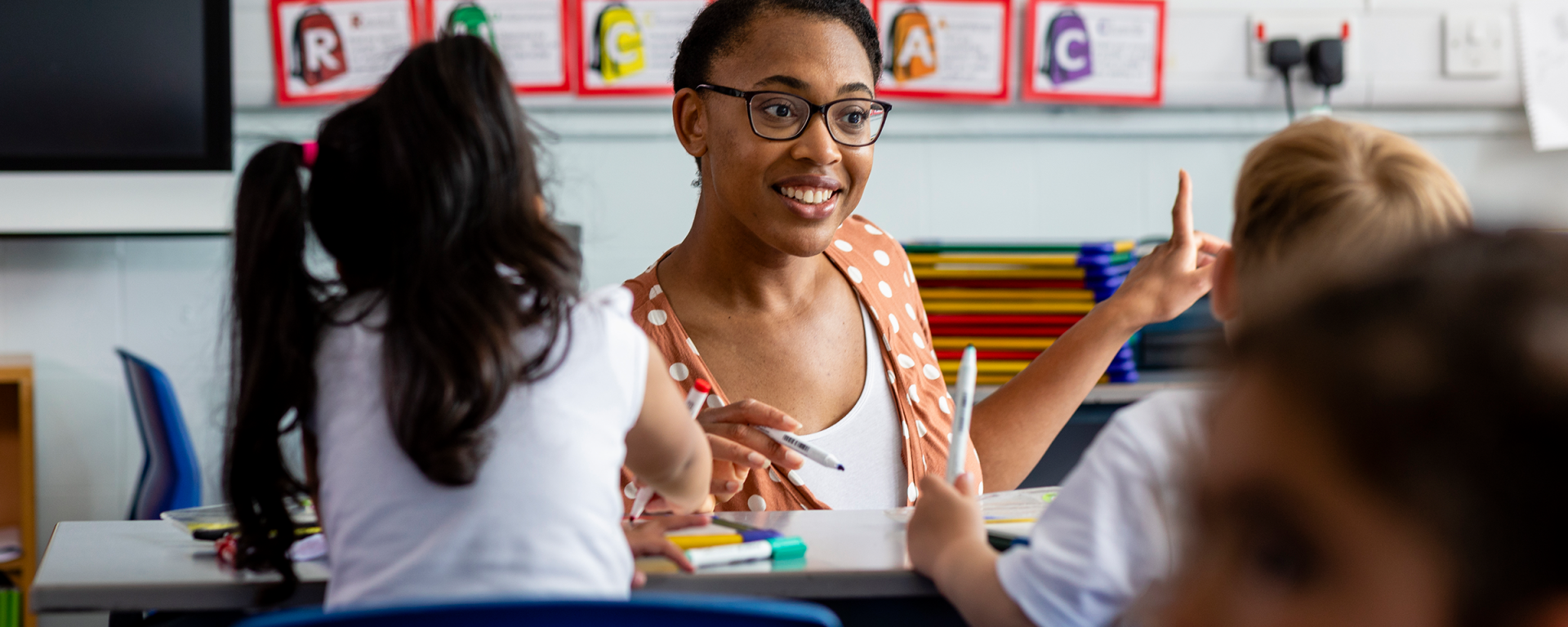Inclusive education isn’t just a teaching strategy – it’s the future of Australian education systems. At its core, it’s about ensuring every student, regardless of their learning needs, has the chance to reach their full potential. It’s grounded in equity, diversity, and tailored support, creating inclusive learning environments where every learner gets a fair go.
So, what does inclusion in education really mean, and how can you put it into practice?
What is inclusive education?
It’s probably unsurprising that childhood education in Australia hasn’t always been inclusive. For a long time, some students were placed in special schools or institutions, which limited their opportunities to learn alongside their peers. That meant missing out on the everyday moments that help young people feel part of a community.
However, in recent decades, national legislation like the Disability Discrimination Act 1992 and the Disability Standards for Education 2005 has put disability inclusive practice front and centre. These laws mandate that students with disabilities have the right to learn alongside their peers.
Fundamentally, inclusive education for students is about equal opportunity – recognising and valuing the diverse needs and perspectives of all learners. By making sure that support is tailored to individuals’ needs and that reasonable adjustments are made, educators can create inclusive schools where every student is actively supported.
Benefits of inclusive education

It’s not just students with additional learning needs who benefit from inclusive education; when classrooms are inclusive, everyone gains something.
For students with special learning needs
Inclusion helps children and young people develop social skills by making them part of a diverse group of their peers. They build meaningful friendships and a stronger sense of belonging. Students with learning disabilities, intellectual disabilities, or autism often achieve better academic outcomes in regular classrooms when supported well. This builds essential skills for life beyond school – more independence, more participation, and a stronger sense of community.
For all students
In inclusive classrooms, students develop empathy and understanding. Exposure to diverse perspectives and abilities broadens the mind and encourages collaboration, enhancing social interactions and sharpening problem-solving and teamwork.
For educators
Incorporating inclusive teaching practices into the classroom helps teachers innovate and refine their methods. It’s valuable education and training, boosting professional growth and classroom management while creating richer, more dynamic teaching and learning experiences for everyone.
Challenges of inclusive education

Inclusive education brings big benefits, but it also comes with challenges. We understand that schools can face limited resources or funding, meaning not every idea is easy to put into practice. You might even struggle with resistance to change, whether from within the school or the broader community. Navigating administrative systems and educational planning can also take time.
One way to tackle these challenges is to use community and government resources. They can offer guidance, support, and even funding. Check out the NSW Education inclusive practice hub, for example. Building strong networks with colleagues is also invaluable; through collaboration, we often find creative solutions.
Develop your inclusive education skills

At Charles Sturt, we offer a suite of microcredentials specifically designed to support educators like you in developing these critical skills. These microcredentials cover various aspects of inclusive education for students, building to a comprehensive skill set. You’ll learn from experts in the field and study entirely online, so you can upskill while you work, then apply your new knowledge directly to your classroom.
Then, if you want to take your learning further, you could study our Master of Inclusive Education.
Make inclusion part of your practice

In practice, inclusive education can take many forms depending on the needs of your students and school community. For instance, it might include:
- Engaging parents and carers in the learning journey to strengthen inclusion across the school
- Inclusive teacher training to build staff capability and confidence
- Supporting students from culturally and linguistically diverse backgrounds
- Using collaborative teaching models and having general and special education teachers work together in the classroom
- Making reasonable adjustments in different educational settings
- Using adaptive technologies like speech-to-text software or universal design for learning to improve accessibility.
Inclusive education: the future of schooling
Making education inclusive is essential because it ensures every child has the opportunity to thrive in school – and sets them up for the very best future.
Our microcredentials are practical, flexible and designed for real classrooms. You can build skills at your own pace and put them to work straight away.
For more information about our microcredentials, contact our team today. We can even arrange group training for all your teaching staff.


You must be logged in to post a comment.